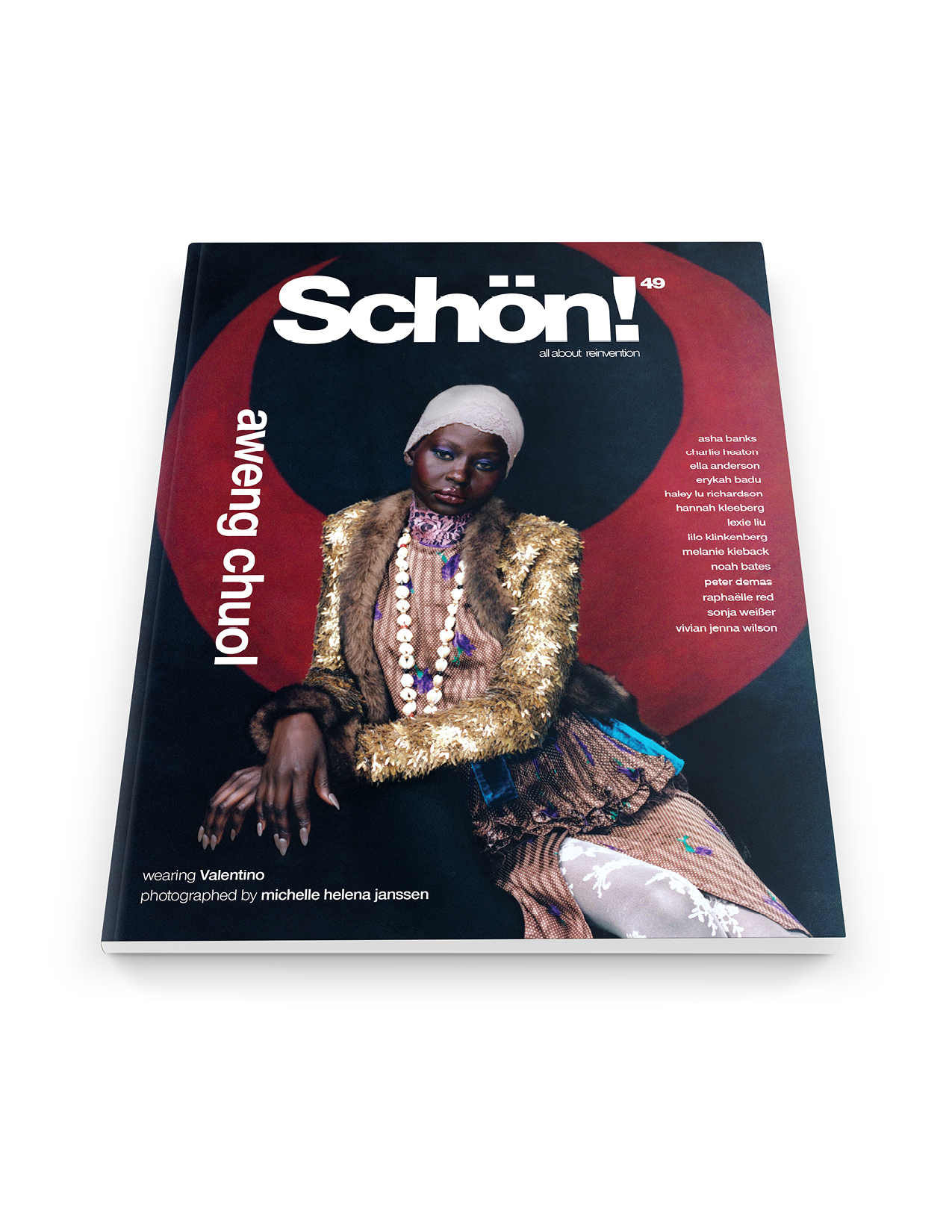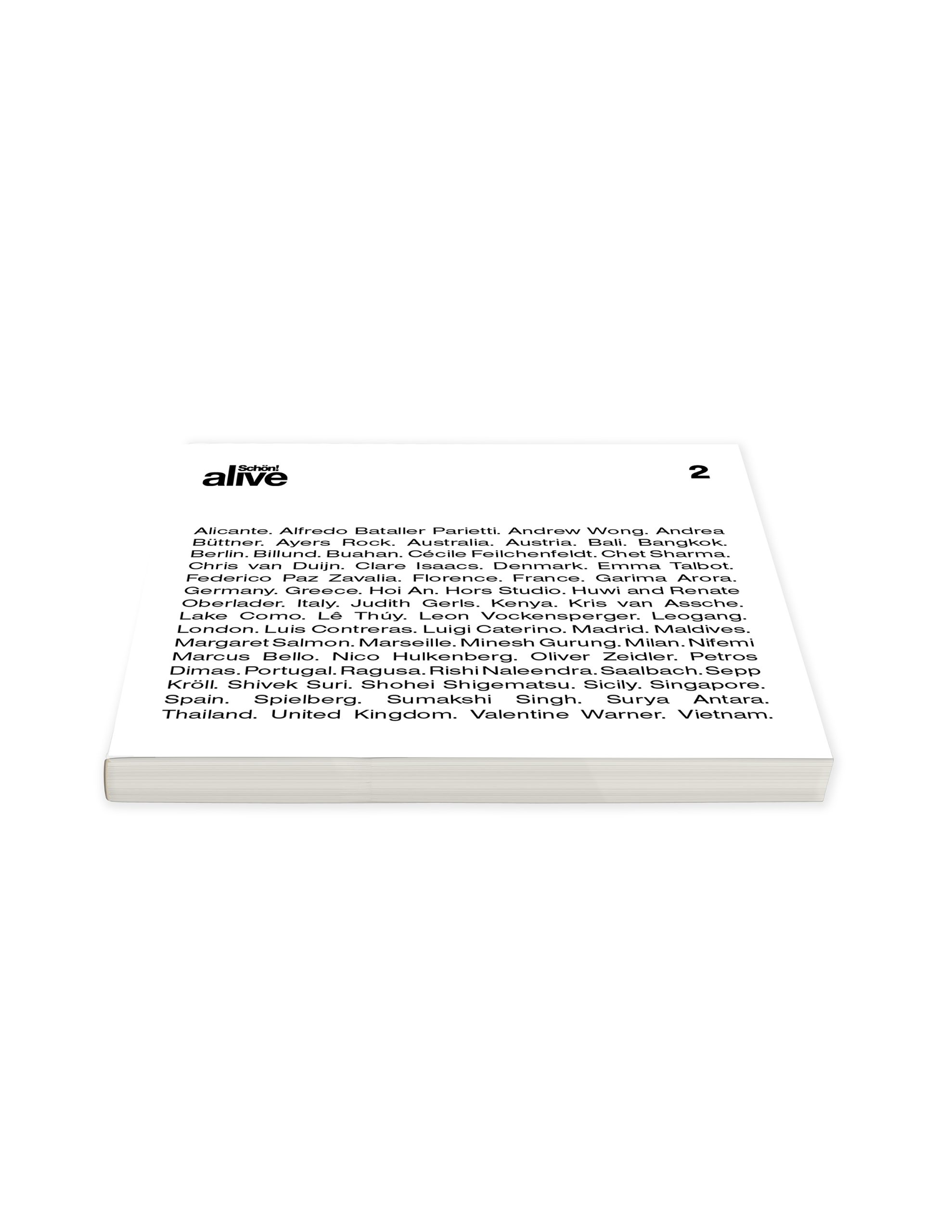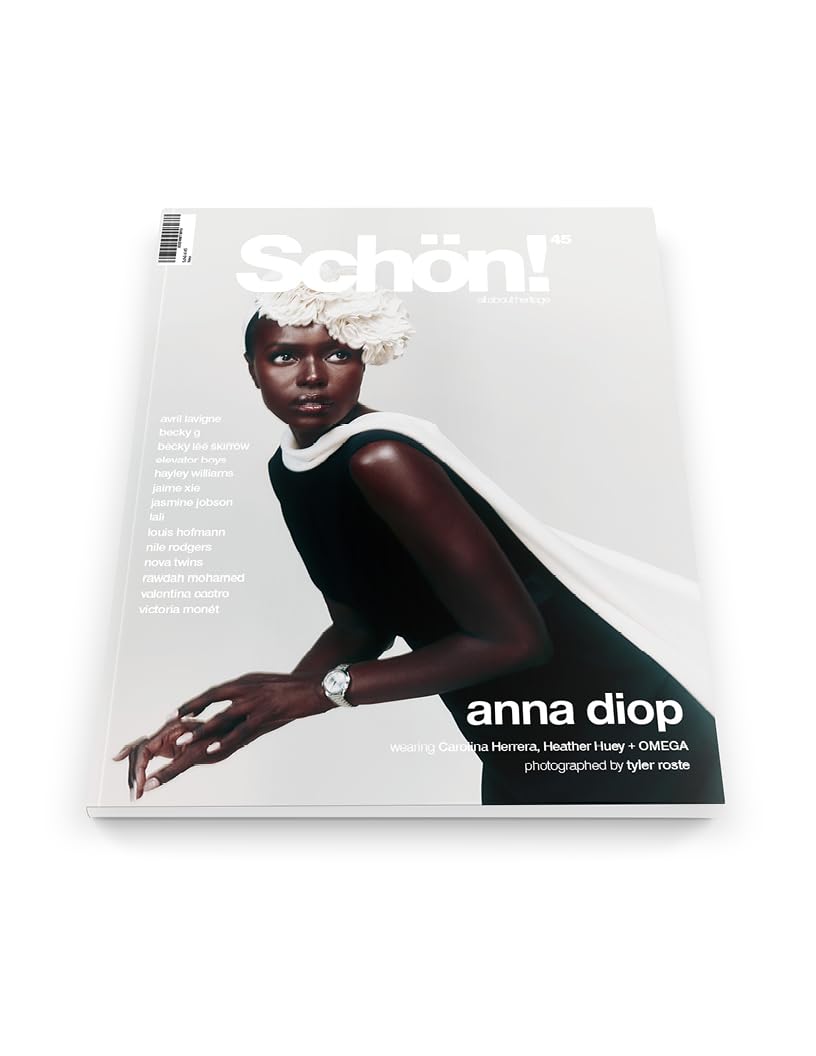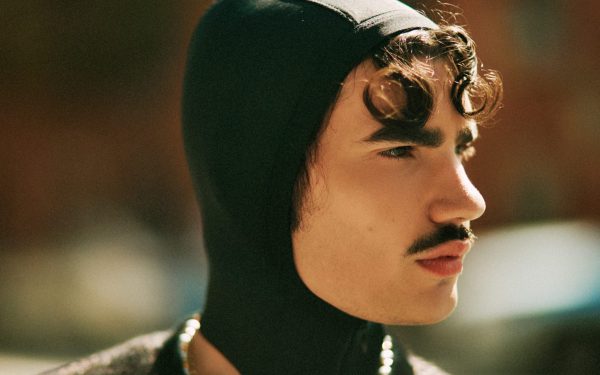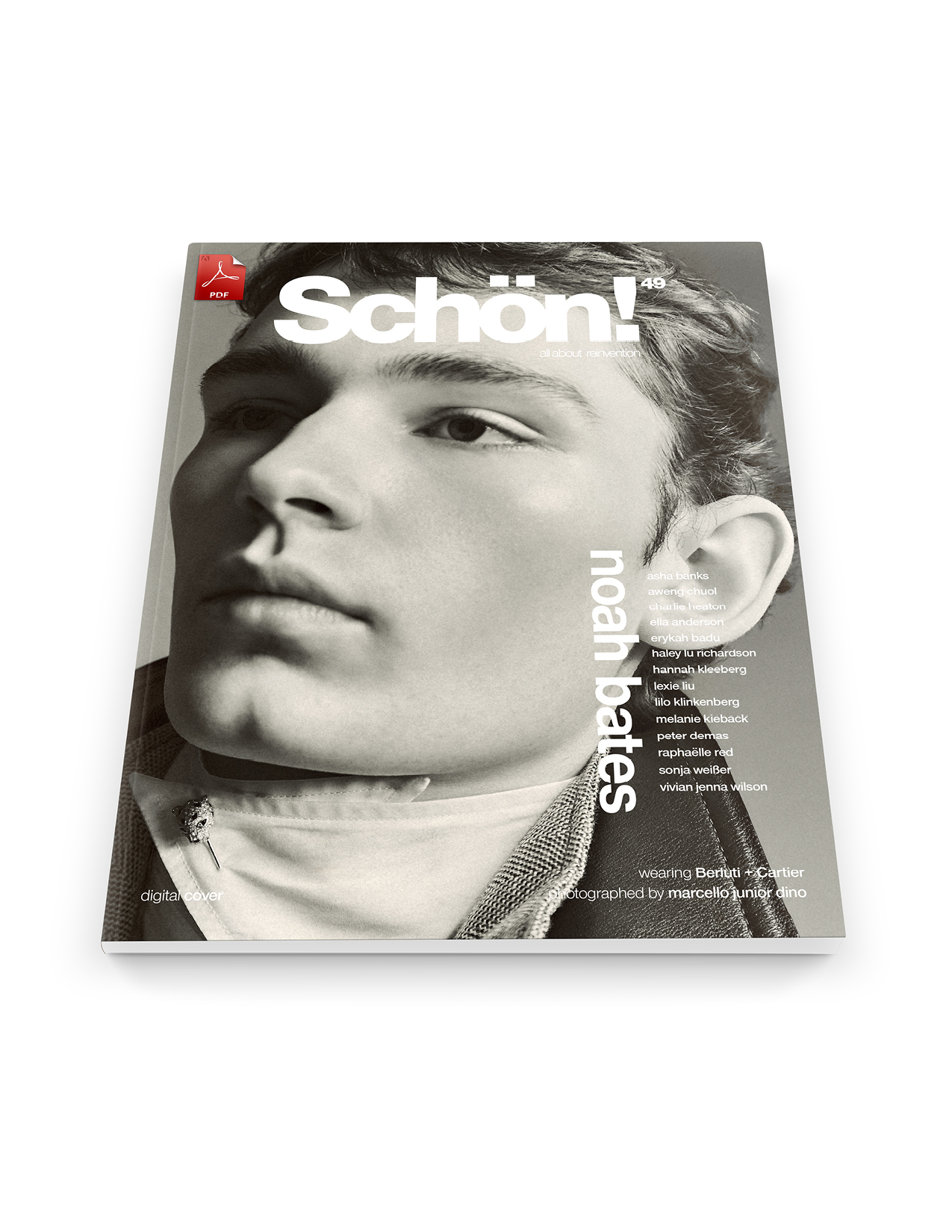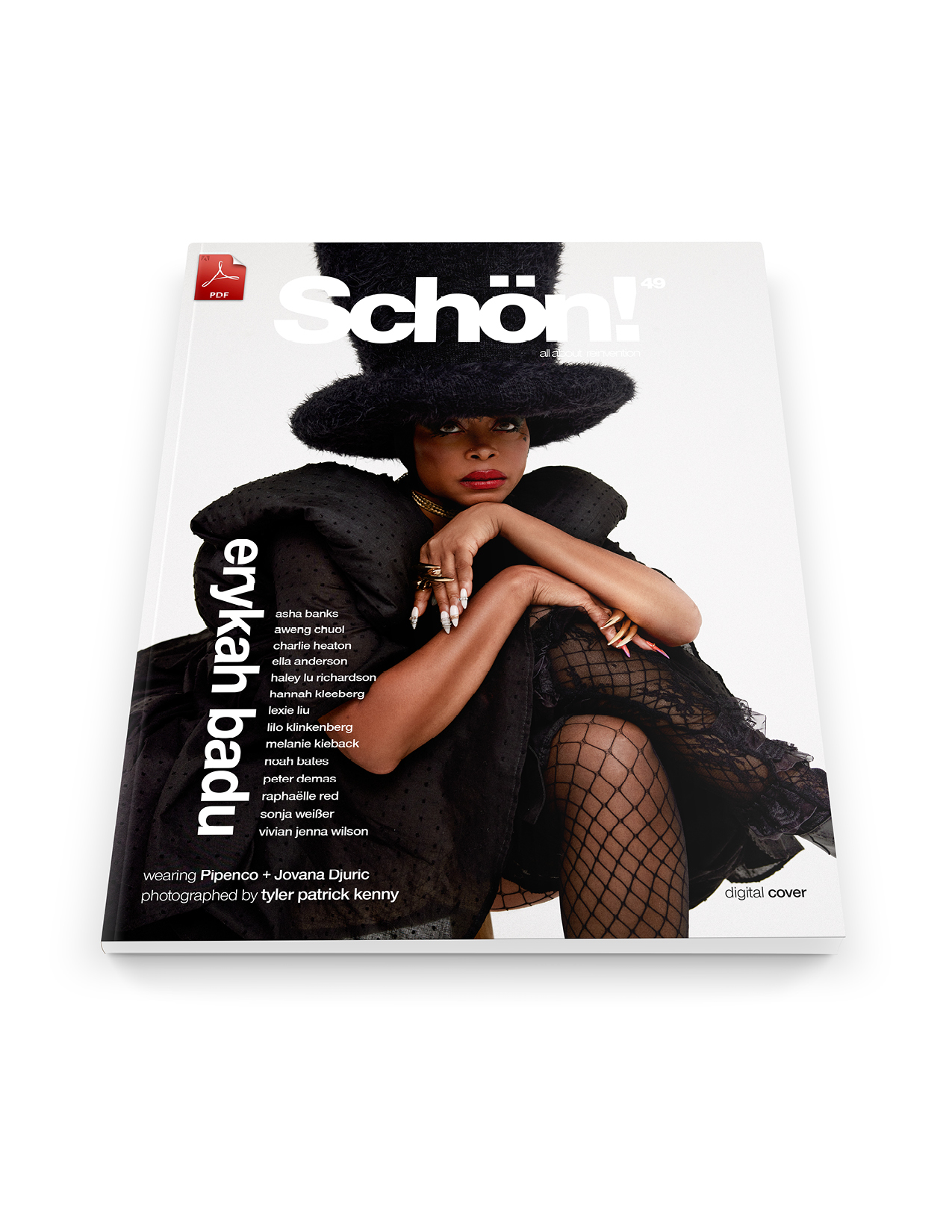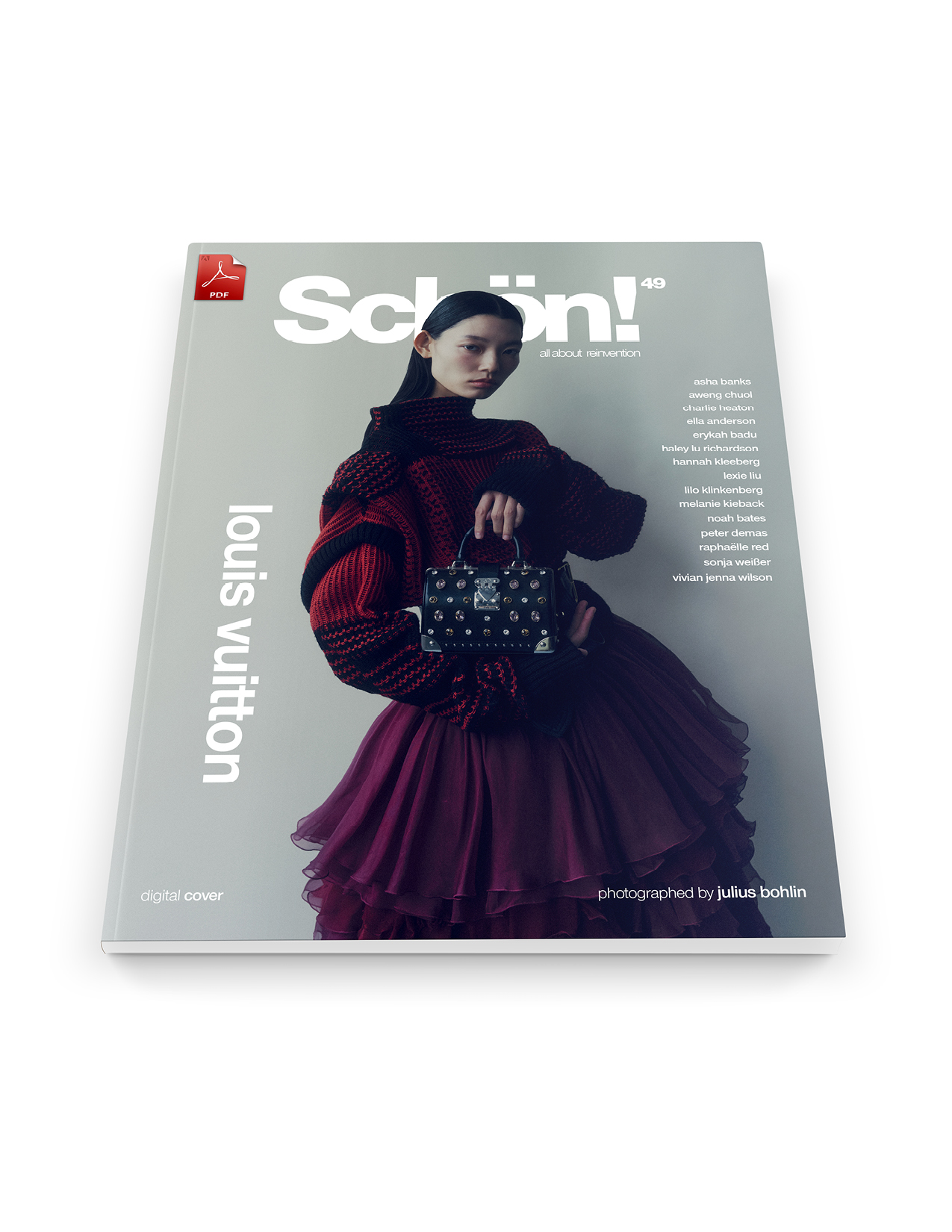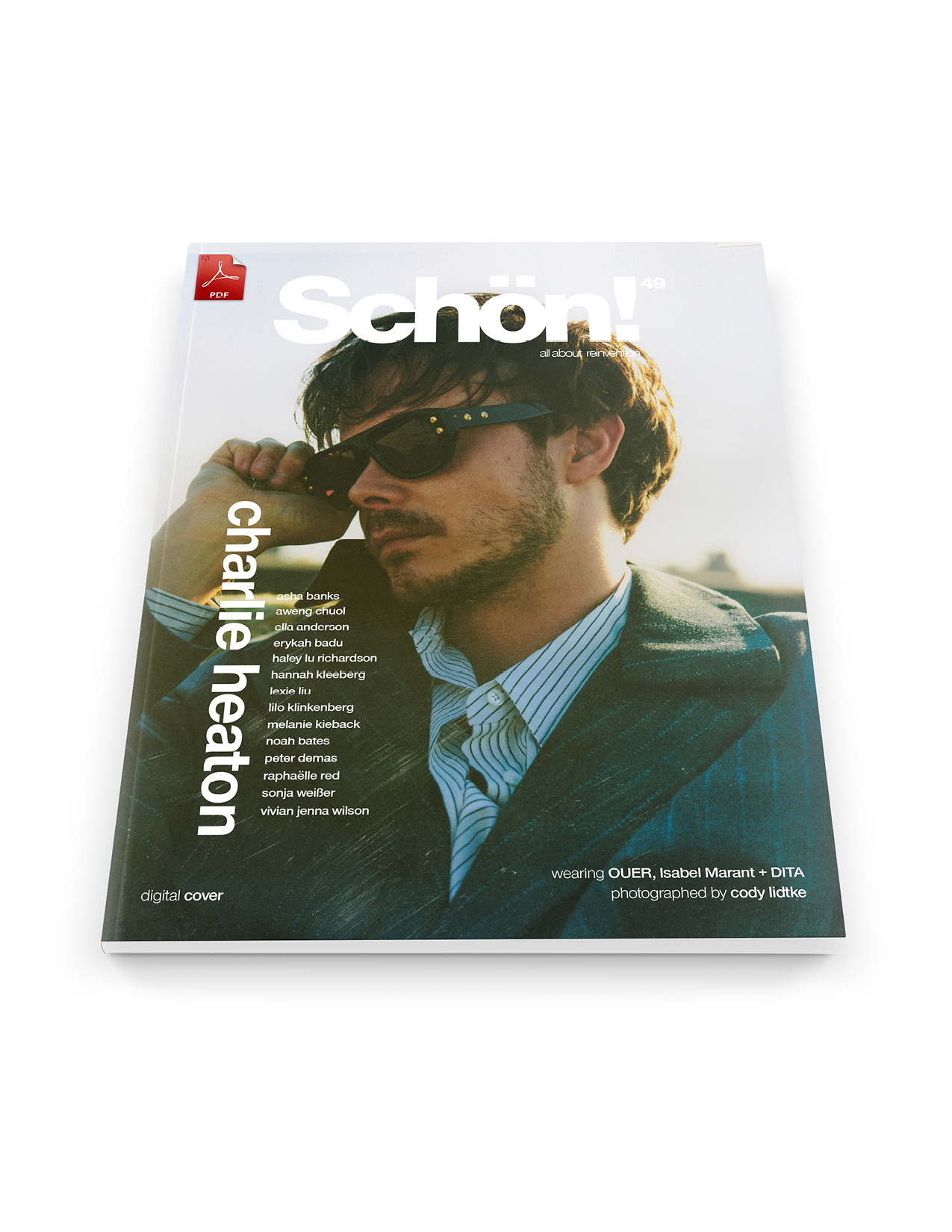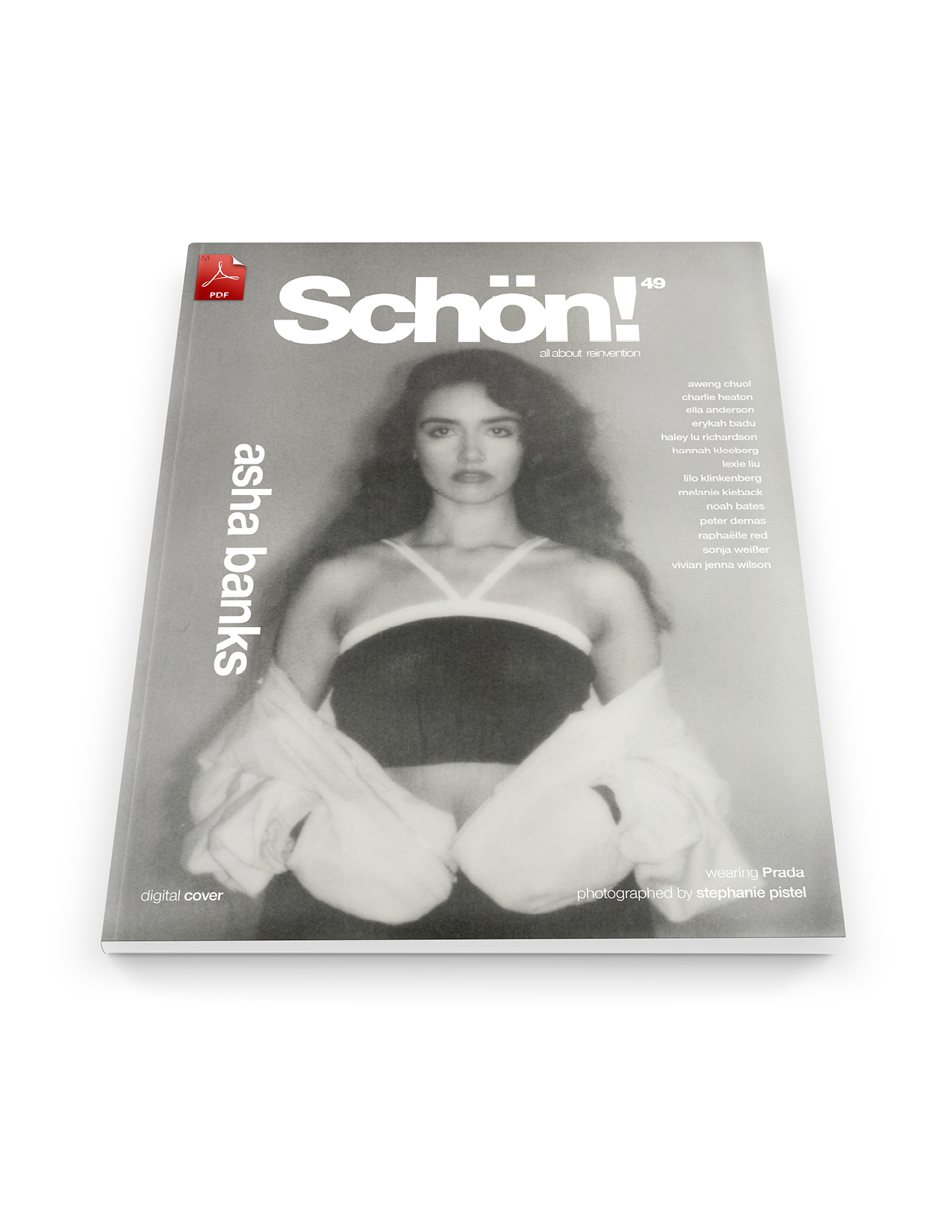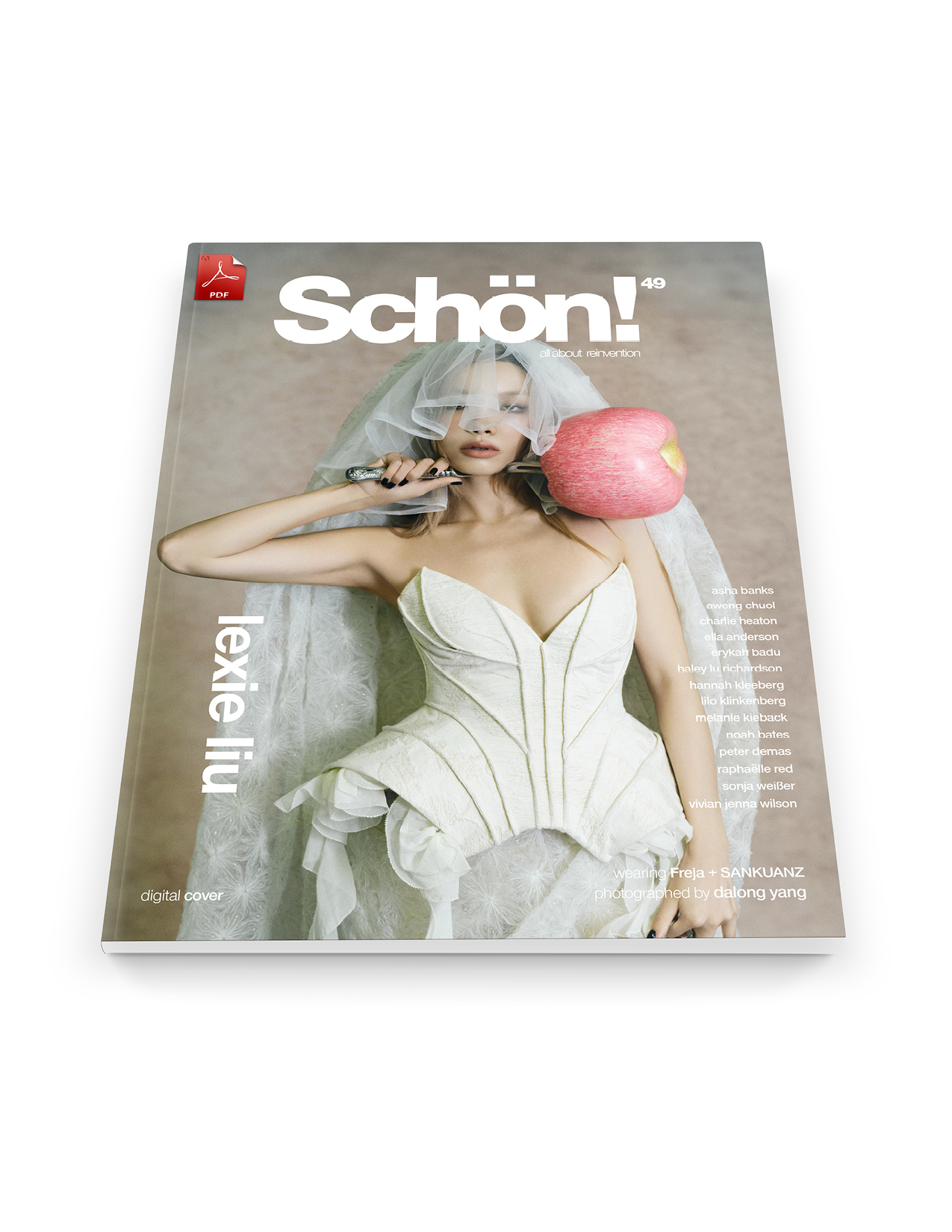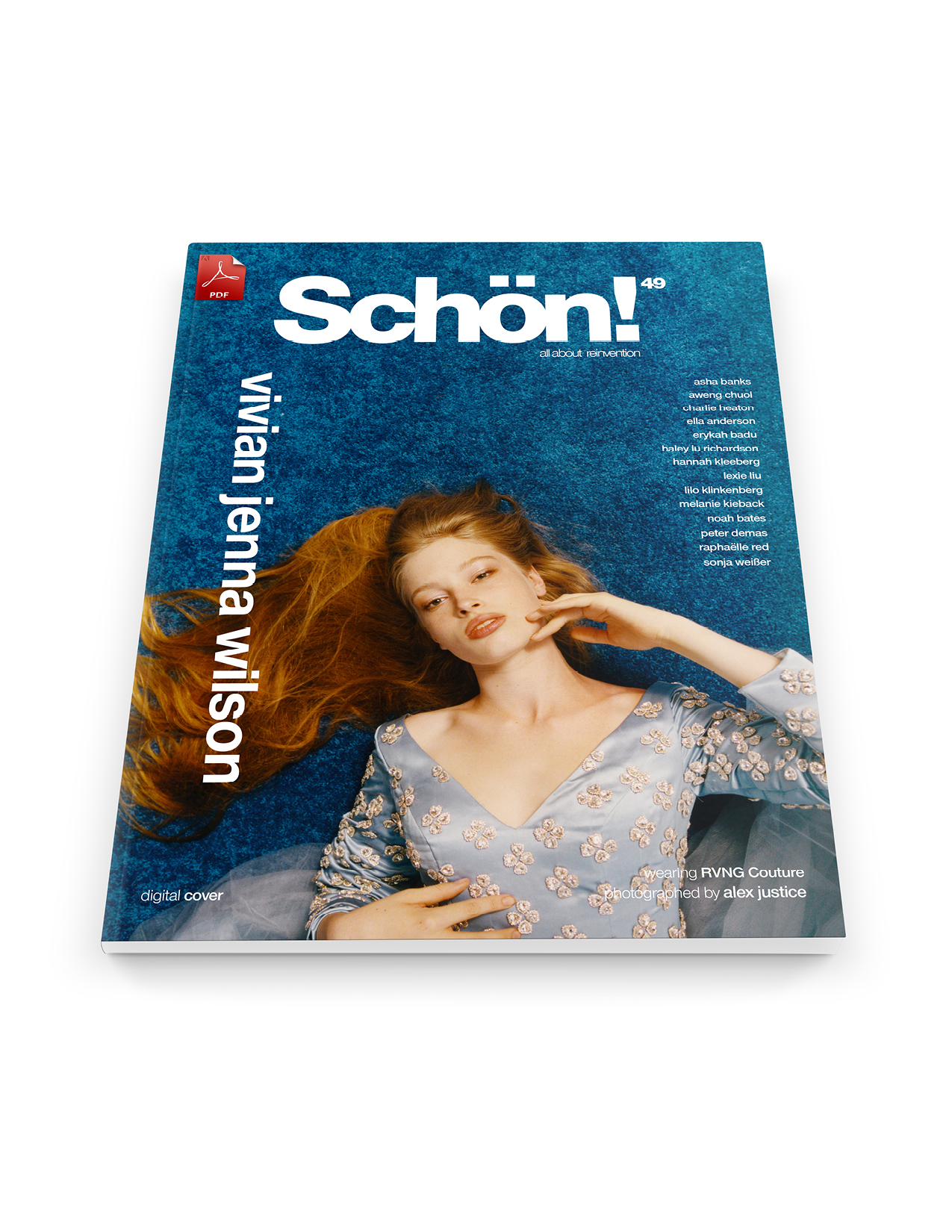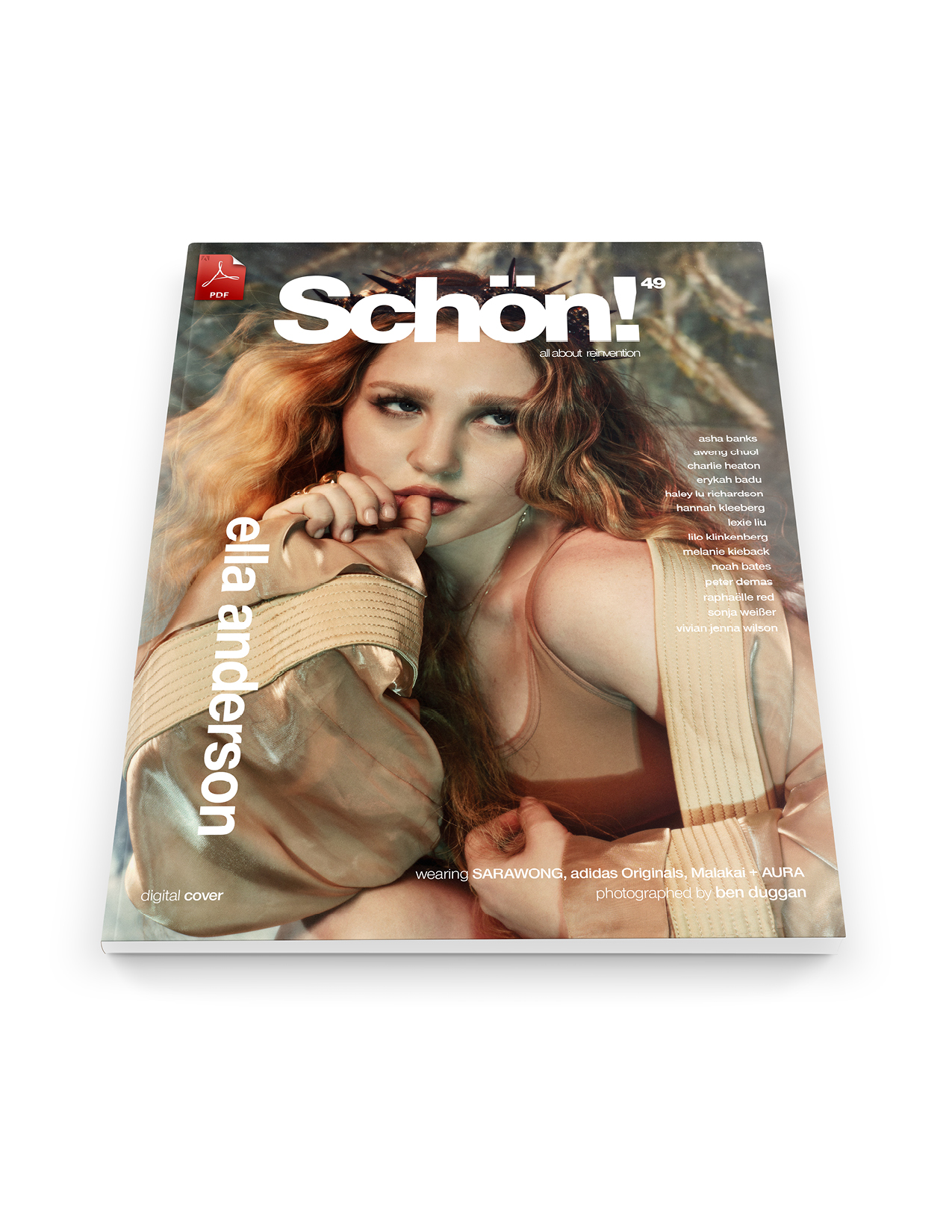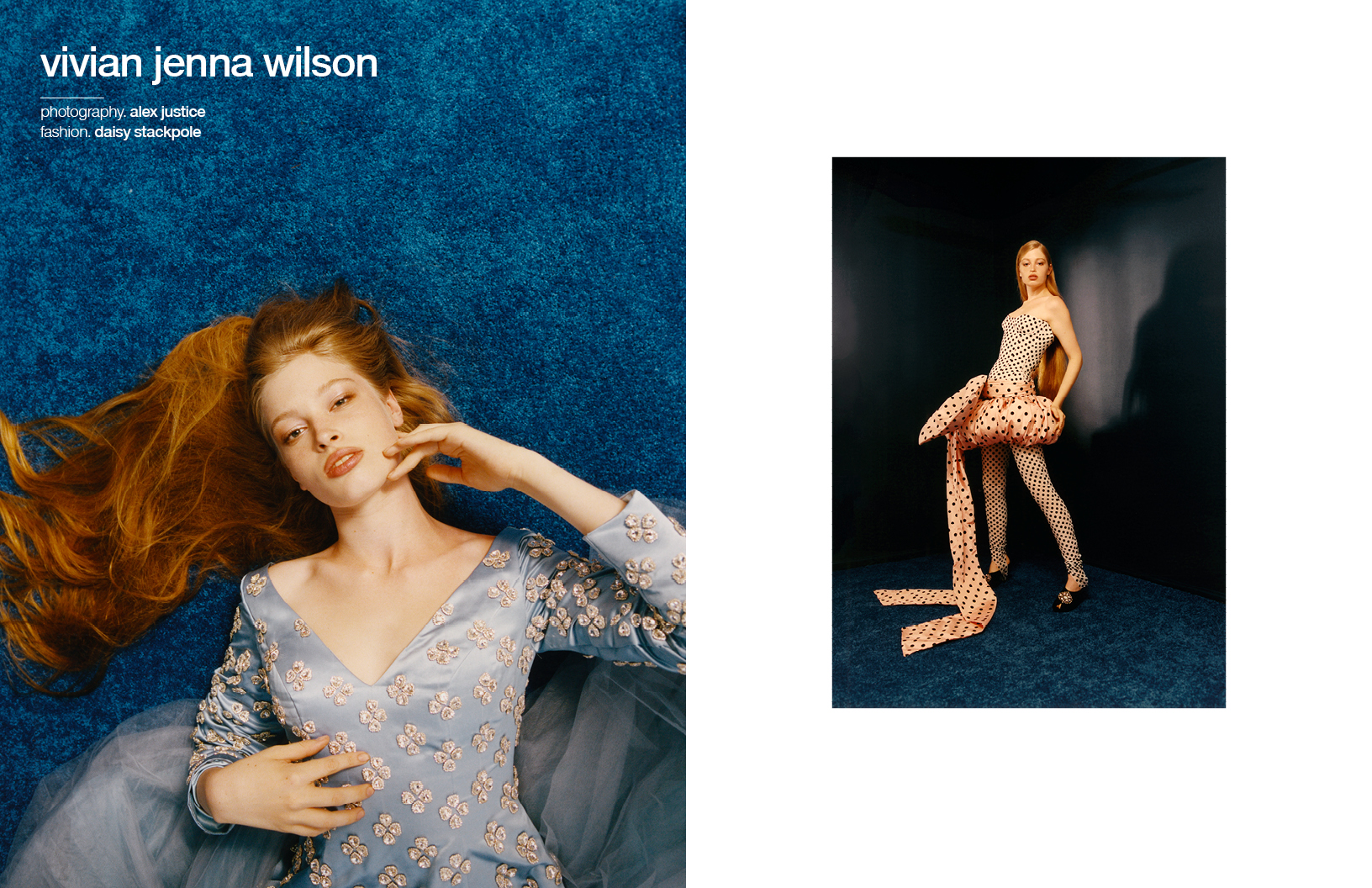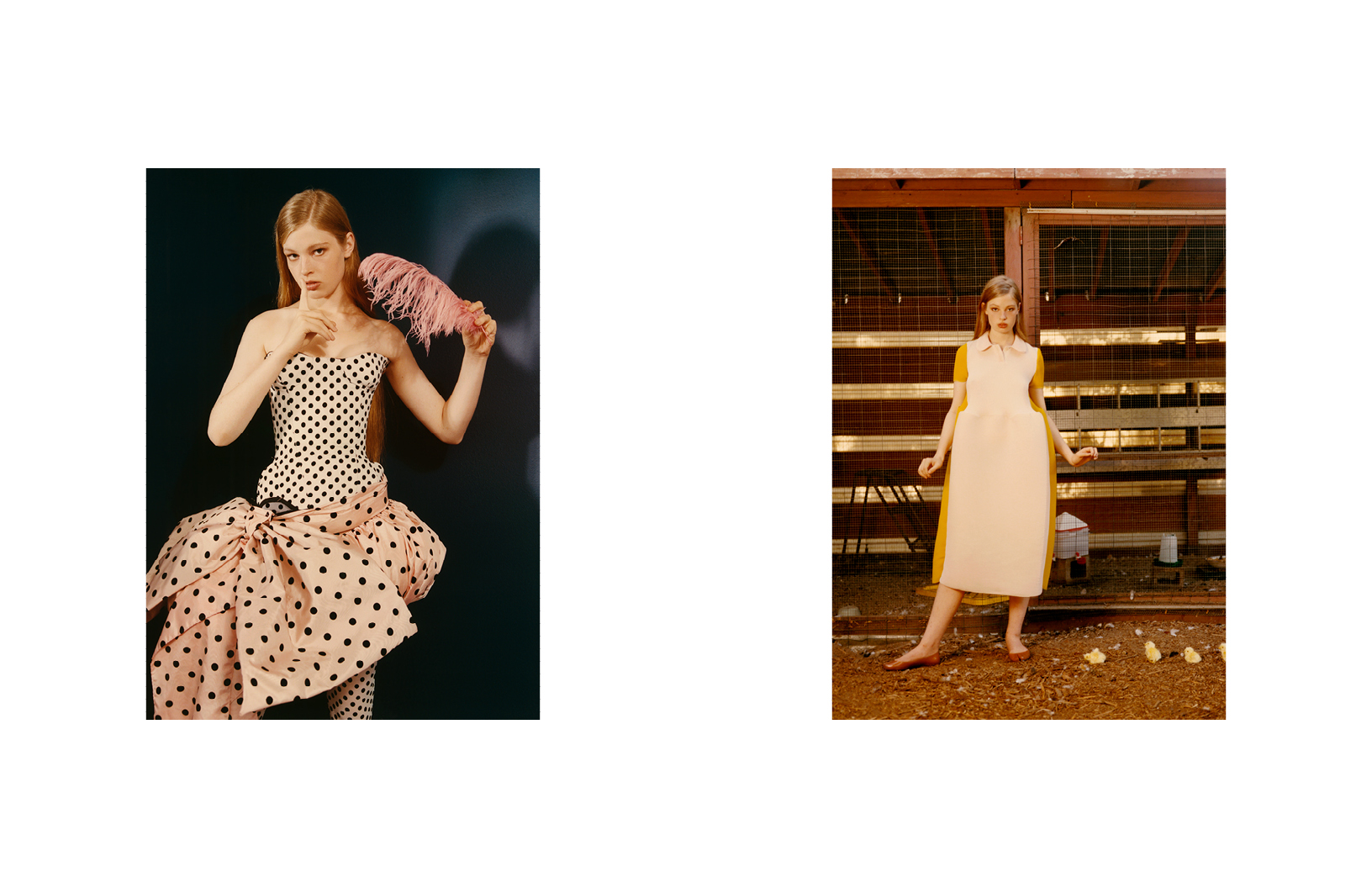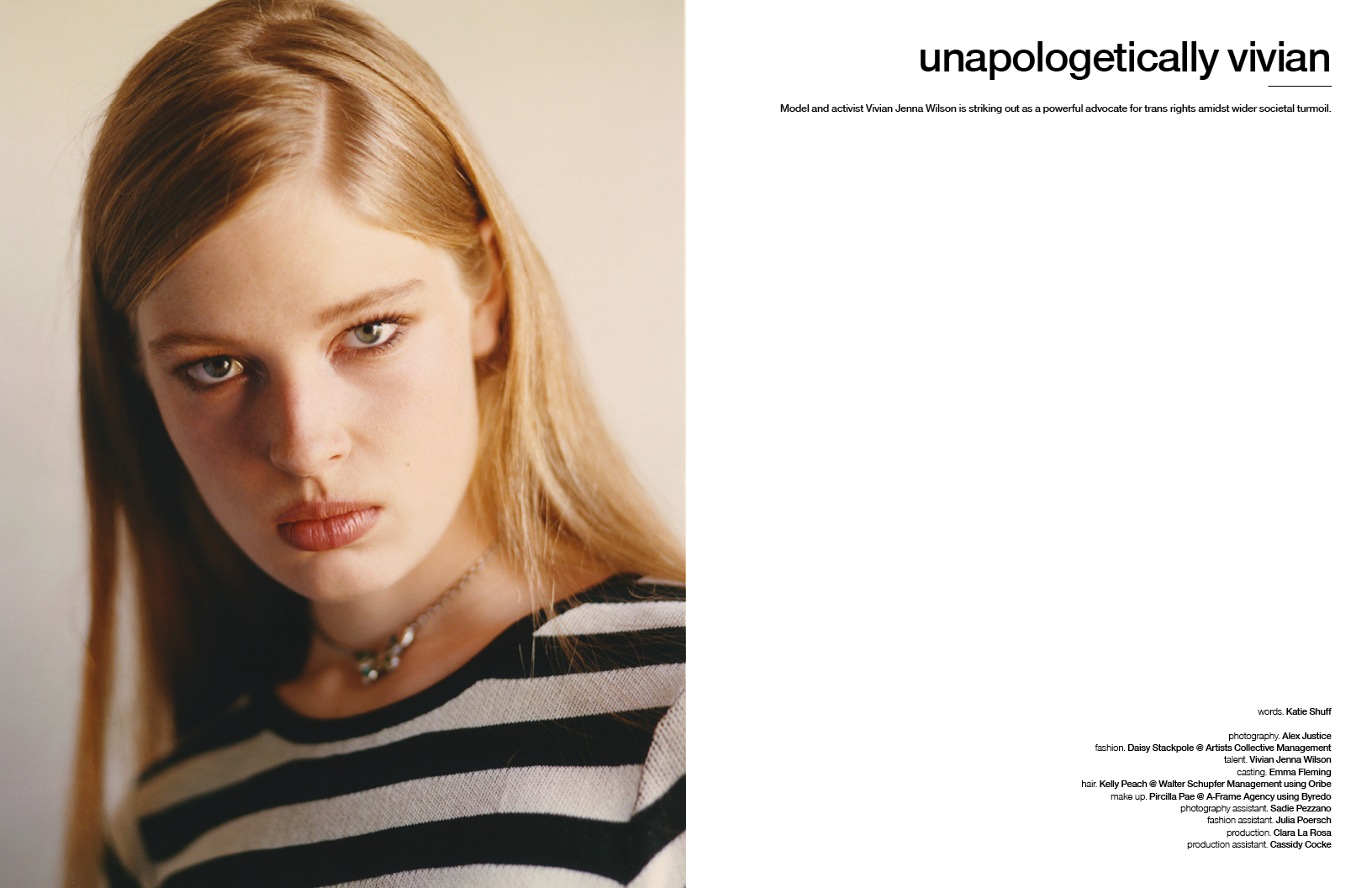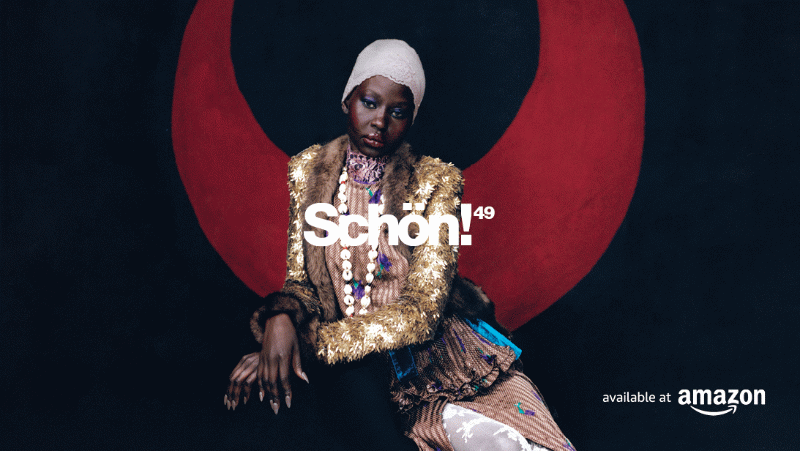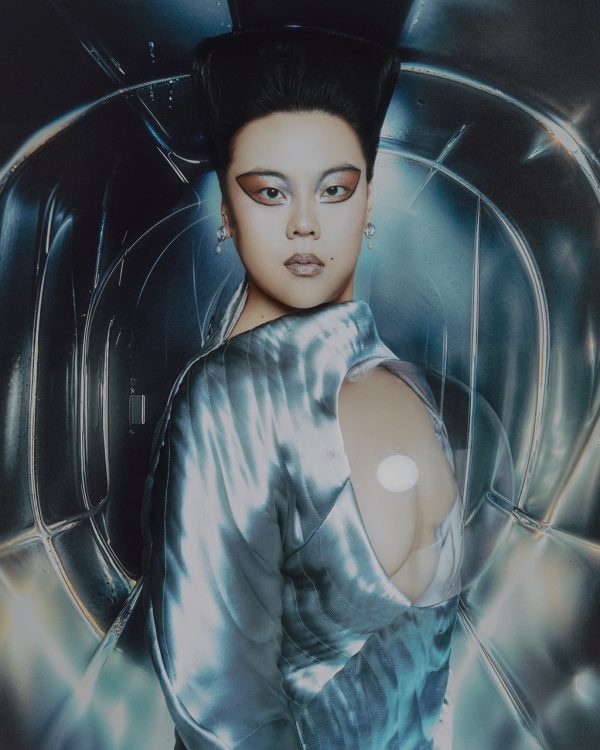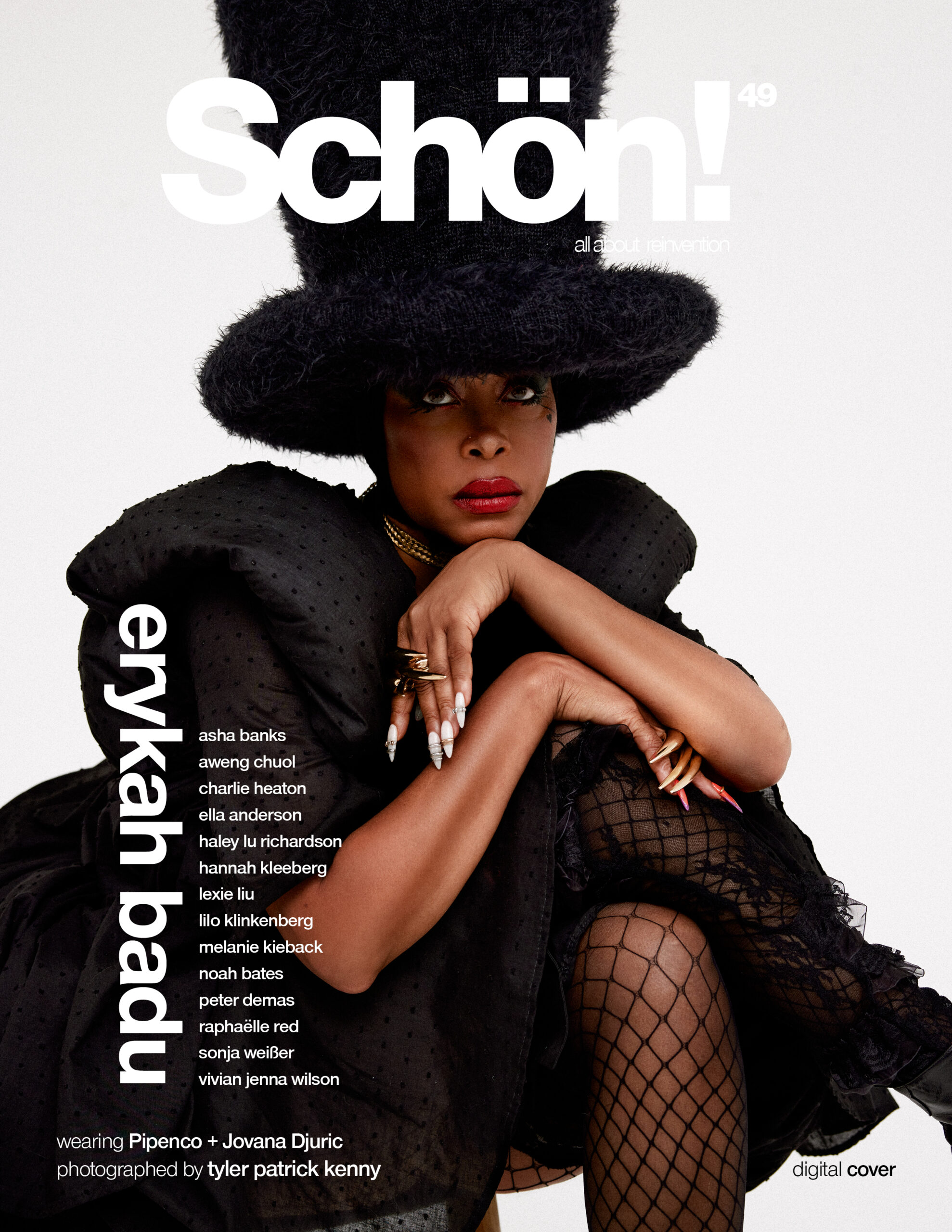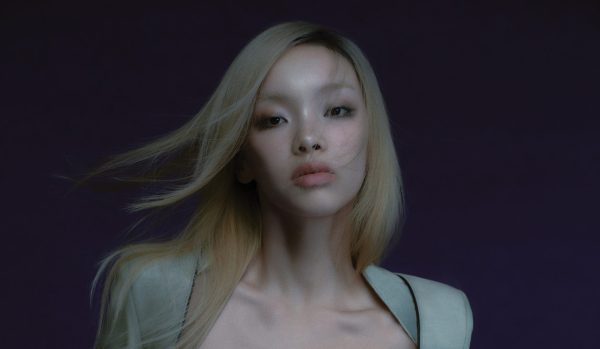
A follow-up from her ongoing GIRLS project, Luo Yang (罗洋) presents New Generation. Much like GIRLS, Yang’s new photographic series is still focused on Chinese youth but her trademark raw, intimate portraits take on a new meaning. In New Generation, Yang captures the Chinese youth with gender identity as a guiding force.
Photographing subjects in her home turfs of Shangai and Beijing, as well as Hong Kong and Taiwan, Yang snaps soft, playful and genuine scene that defying stereotypes and censorship — still putting Chinese photography at the forefront. For now, New Generation explores China’s youth but, much like the case with GIRLS, which took Yang to Thailand last year, the shutterbug hopes her scope will expand and include more Asian countries soon. Here, Schön! catches up exclusively with the photographer to get a sneak peek at the new series and discuss its differences (and similarities) with GIRLS.

How would you describe your new photo series “New Generation”?
This new series is a recording of the real lives of the young generation, which is born in the 90s and 00s today. It’s more like a documentary, with total honesty and authenticity.
How does “New Generation” pick up from “Girls”? Or does it not?
It has certain continuity but also some new attempts. It is about an even newer generation of people, including boys and transgenders, with different ways of shooting too. Compared to “Girls”, which is more like an expression of myself during adolescence, the new series is more objective and more documentary-like, with less personal emotions.
How would you say the series differ? And in which ways do you feel that they are they similar?
It’s more documentary-like but similar in ways that they are both recordings of the living state of the young.



Would you say “Girls” is finally closed off after a decade?
No “Girls” won’t close off. On the contrary, it’ll become even broader. I’ll still continue to shoot girls, but perhaps in a more internal way, for within the group of women who are older, there is still a girl living inside them.
How did you make a selection of your subjects for “New Generation”?
More or less the same as before. Friends’ introduction or through internet. Geographically I also went to Hong Kong and Taiwan to shoot this time.
Are you hoping to explore youth outside of China, as you did with “Girls” in Thailand?
Yes, I’d like to expand the series to Asia or Chinese abroad, but definitely still related to the culture I’m familiar with.



“Girls” explored femininity and womanhood, while “New Generation” focuses on gender notions. Why the shift? And why now?
Perhaps it’s because I pay attention to girls and boys equally. The new series thus doesn’t especially clarify on gender, and besides the inner world of girls, the softness of men is also very precious.
Have your notions of gender been challenged after working in this project?
Yes. I hope to understand the lives of the new generation through this series, and my notions have definitely got richer. Not just me, the whole society seems to be more tolerant on the gender issue.


Have you come to any conclusive thoughts about China’s new generation after working in both series?
I tend to avoid giving conclusions of this new generation, and it’s very hard to conclude as well. But overall I think they are more open and free, more self-conscious, and of course easier to be influenced by the outside world.
Where do you see “New Generation” going in the future?
I think after this series, it’ll be the ending of my recordings of the adolescence period in general. As my experience towards life grows, I’d like to record the new things in my new life. I believe the new generations coming up later will be recorded by other young new talents as well.


photography. Luo Yang (represented by Moonduckling)
words. Sara Delgado
![]()


Schön! Magazine is now available in print at Amazon,
as ebook download + on any mobile device


